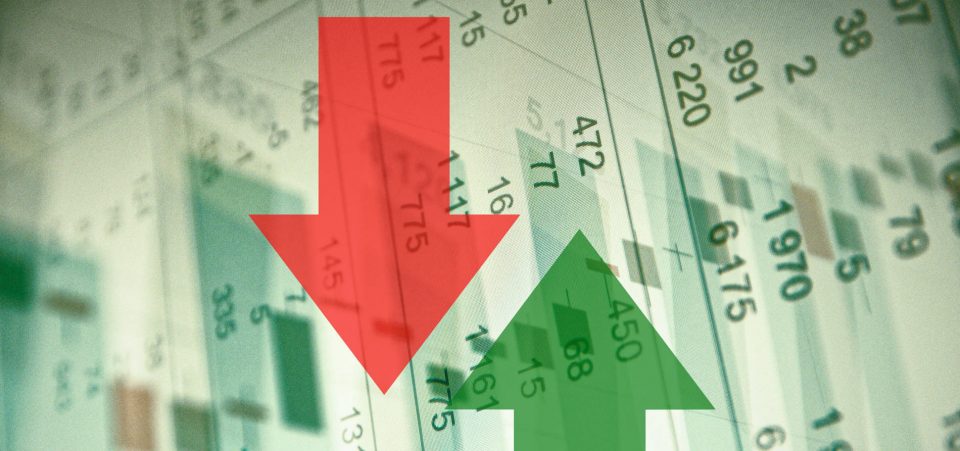Both Stocks and Bonds Decline Globally
Global stocks and bonds continued their downward slide today on concerns that a low interest-rate incentive, which propelled record rallies in the U.S., may be coming to an end soon after some hawkish comments from the U.S. central bankers.
Both stocks and bonds fell in Europe and during the U.S. opening. The Dow Jones Industrial Average declined 44 points, or 0.3%, to 18041 soon after the trading began, while the S&P 500 dropped 0.2% and the NASDAQ Composite decreased 0.1%.
Meanwhile, the Stoxx Europe 600 lost 1.6% and Hong Kong’s Hang Seng Index decreased 3.4% in its biggest decline since February. Indexes in Shanghai, Japan and Australia all finished lower.
The market selloff began last Friday following comments from Federal Reserve Bank of Boston President Eric Rosengren, who raised prospects for a September rate hike. These comments came despite the fact that investors are generally discounting such a move by the Federal Reserve when the economy is showing a mix performance.
On Monday, Federal Reserve Bank of Atlanta President Dennis Lockhart added to these concerns after he repeated his call for a “serious discussion” on the possibility of raising rates by the Fed.
“Notwithstanding a few recent weak monthly reports — from the Institute for Supply Management, for example — I am satisfied at this point that conditions warrant that serious discussion,” he said. (Source: “Fed’s Lockhart Urges Serious Discussion of Rate Hike This Month,” Bloomberg, September 12, 2016.)
The U.S. Fed officials are meeting on September 20 and 21 to decide on the future rate direction after they paused the rate tightening initiative early this year as the global economic environment weakened, especially in Europe due to Brexit.
The Fed last raised rates in December last year, which was also the first time since the 2008 financial crisis.
A sell-off in stocks also spread to other asset classes, with oil plunging for a second day in a row, trading near $47.48 a barrel. (Source: “UPDATE 7-Oil up on dollar, U.S. equities; crude inventories eyed,” Reuters, September 12, 2016.)
Bloomberg bond prices show the yield on 10-year government bonds traded close to 1.68% after a 13-basis-points jump in the past two trading days, reaching the highest level since June.
Germany’s 10-year yield rose two basis points to 0.03%, touching the highest level since June 24. Spanish bonds with a similar maturity fell for a fourth day, taking the yield to the highest level in seven weeks. (Source: “Selloff in U.S. Stocks, Bonds Eases; Crude Leads Resources Lower,” Bloomberg, September 12, 2016.)
Bond prices move opposite to yields. When yields rise, prices fall.






